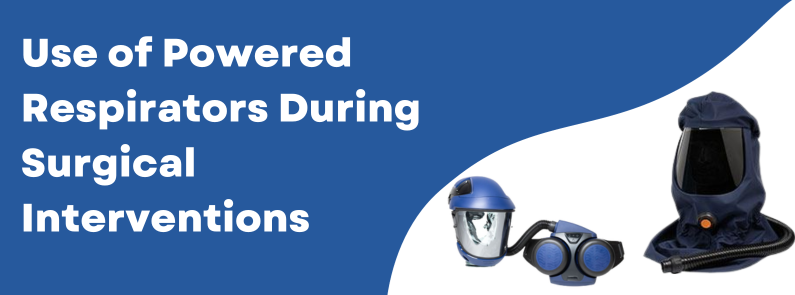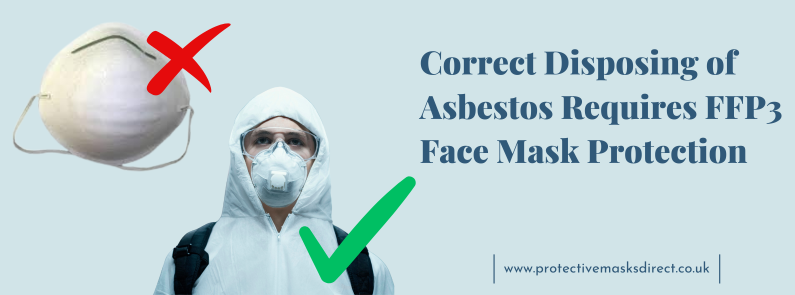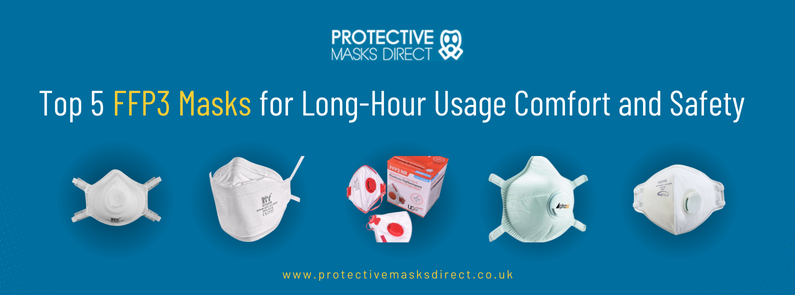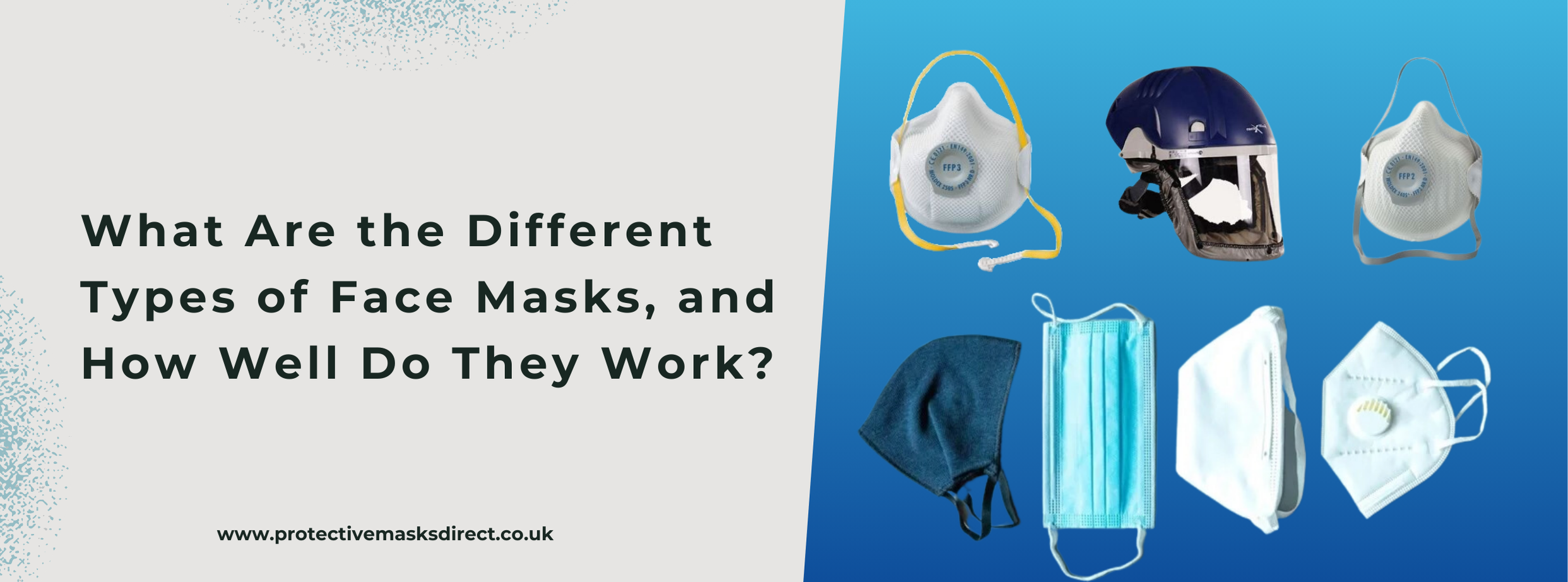
The safety of healthcare workers is often overlooked due to the entire focus on patient's safety. The protection of healthcare workers, including surgeons, nurses, and anesthesiologists is often overlooked. With the increasing risk of highly infectious viral diseases across the globe, it’s paramount to keep health workers protected. After all, when the frontline workers are safe, they can safeguard and help others too.
One such protective measure is the use of powered air-purifying respirators (PAPRs), also known as air fed masks or battery-powered air-fed masks. PAPRs are a type of respiratory protective device that uses a fan to draw air through a filter, which removes harmful particles and gases. PAPRs are often used in healthcare settings, where there is a risk of exposure to airborne contaminants, such as bacteria, viruses, and chemicals.
Understanding the Need for Respiratory Protection during surgical interventions:
Surgical procedures generate a plethora of aerosols, from bodily fluids to tissue particles, and even potentially infectious pathogens. Inhaling these aerosols can expose healthcare workers to health risks, including infections. This risk is particularly pertinent in surgeries involving the respiratory system, such as those dealing with the lungs or airways.
To mitigate these risks, traditional surgical masks and N95 respirators have long been employed.
However, these options have limitations. Surgical masks may not provide adequate protection against fine aerosols, and N95 respirators can be uncomfortable for prolonged use.
Powered Air-Purifying Respirators (PAPRs) offer a compelling solution.
The Power of PAPRs
PAPRs are a type of personal protective equipment (PPE) designed to provide a higher level of respiratory protection compared to standard masks and respirators. They consist of a helmet or hood that covers the head and face, a battery-powered fan unit, and a high-efficiency particulate air (HEPA) filter. The fan unit draws air through the filter, delivering clean, filtered air to the wearer. The positive air pressure within the hood ensures that no contaminated air can infiltrate.
Benefits of PAPRs in Surgical Settings
- Comprehensive Facial Shielding: In contrast to standard masks and respirators, PAPRs provide full face coverage, minimizing the risk of exposure via the eyes—a common path for infections.
- Comfort and Prolonged Wear: PAPRs are notably more comfortable for extended periods of use. This is especially valuable during lengthy surgical procedures, where healthcare workers must maintain their focus.
- Continuous Shielding: Thanks to the battery-powered fan unit, PAPRs guarantee an uninterrupted supply of filtered air. This is especially crucial when healthcare professionals work closely around patients' airways or engage in procedures that generate substantial aerosols.
- Less Weariness: PAPRs are designed with a lightweight build, alleviating the physical strain on wearers compared to the heavy and uncomfortable N95 respirators.
- Customizable Fit: PAPRs offer adaptable headgear and hoods, ensuring a secure and personalized fit for various individuals.
However, it’s important to note that while PAPRs offer many benefits, they also have some limitations. For instance, they can be bulky and may limit mobility. They also require regular maintenance and battery changes to ensure they function properly.
Proper Use of PAPRs During Surgical Interventions
Using Powered Air-Purifying Respirators (PAPRs) during surgical interventions is crucial for ensuring the safety of healthcare workers. Here's a concise guide on how to effectively use PAPRs in surgical settings.
- Preparation:
- Ensure the PAPR is fully charged or has a fresh battery.
- Inspect all components for damage or wear.
- Donning:
- Wash hands thoroughly before handling the PAPR.
- Put on a surgical gown, gloves, and other necessary personal protective equipment (PPE).
- Don the PAPR hood or helmet, ensuring a secure fit over the head and neck.
- Power On:
- Activate the PAPR system, typically by turning on the battery-powered blower.
- Check that the airflow indicator shows proper functioning.
- Secure Seal:
- Ensure the hood or helmet forms a complete seal around the neck, leaving no exposed skin.
- Verify that the breathing tube is correctly connected to the hood or helmet.
- Communication:
- Use communication systems, if available, to stay in contact with the surgical team.
- Surgical Procedure:
- Perform the surgery as usual, benefiting from the continuous supply of filtered air.
- Maintain a safe distance from the patient's airway to prevent contamination.
- Doffing:
- After completing the surgery, power off the PAPR.
- Remove the hood or helmet carefully to avoid contamination.
- Dispose of gloves, gowns, and other disposable PPE as per protocol.
- Perform hand hygiene thoroughly.
- Maintenance:
- Clean and disinfect reusable PAPR components following manufacturer instructions.
- Store PAPRs in a designated area for future use.
By following these steps diligently, healthcare workers can maximize the benefits of PAPRs and minimize the risk of infection during surgical interventions.
In conclusion, powered air-purifying respirators play a crucial role in protecting healthcare workers during surgical interventions. By providing a constant flow of filtered air, they help reduce exposure to harmful particles and ensure the safety of our frontline workers.




